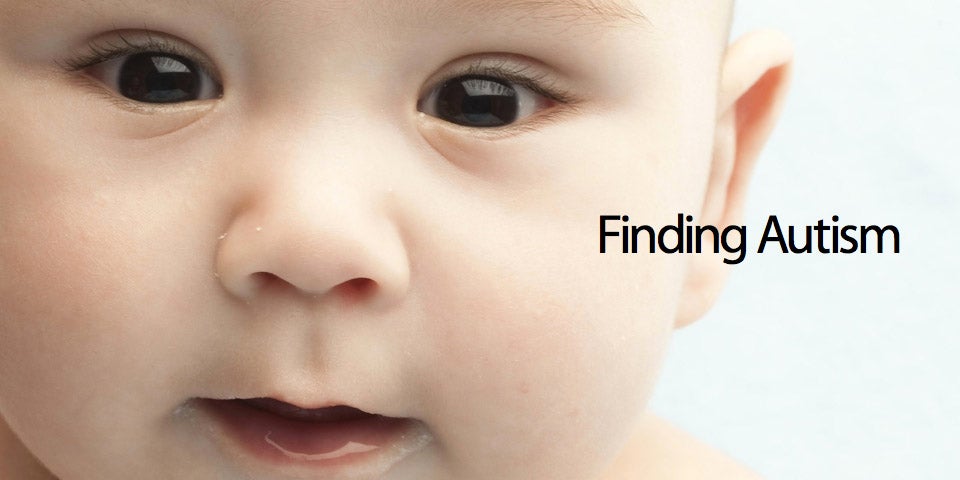
The prevalence of autism, also known as Autism Spectrum Disorder (ASD), has been on a steady rise in the United States over the past few decades. According to the Centers for Disease Control and Prevention (CDC), the number of children diagnosed with autism has increased significantly, from 1 in 150 in 2000 to 1 in 54 in 2020. This alarming trend has sparked intense debate and speculation about the potential causes of the rising autism rates. In this article, we will delve into the real reasons behind the increasing autism rates in the U.S. and separate fact from fiction.
Improved Diagnostic Techniques and Awareness
One of the primary reasons for the rise in autism diagnoses is the improvement in diagnostic techniques and increased awareness among healthcare professionals and the general public. In the past, autism was often misdiagnosed or underdiagnosed, particularly in cases where symptoms were mild or not immediately apparent. With the development of more sophisticated diagnostic tools and a better understanding of the disorder, more children are being accurately diagnosed with autism. Additionally, the expansion of diagnostic criteria to include a broader range of symptoms and severity levels has contributed to the increase in diagnoses.
Changes in Diagnostic Criteria
The diagnostic criteria for autism have undergone significant changes over the years, which has also contributed to the rise in diagnoses. In 2013, the Diagnostic and Statistical Manual of Mental Disorders (DSM-5) introduced a new diagnostic framework that combined autism, Asperger's syndrome, and pervasive developmental disorder into a single category, Autism Spectrum Disorder (ASD). This change has led to a more inclusive and nuanced understanding of autism, allowing for more individuals to receive a diagnosis and access to necessary support services.
Environmental and Genetic Factors
While the exact causes of autism are still not fully understood, research suggests that environmental and genetic factors may play a role in the development of the disorder. Exposure to certain toxins, such as pesticides and air pollution, during pregnancy has been linked to an increased risk of autism. Additionally, genetic mutations and variations in genes involved in brain development have been identified as potential risk factors. However, it is essential to note that the relationship between these factors and autism is complex and requires further research.
Increased Awareness and Reduced Stigma
The rising awareness and reduced stigma surrounding autism have also contributed to the increase in diagnoses. In the past, autism was often stigmatized, and families may have been reluctant to seek a diagnosis due to fear of social ostracism or judgment. However, with the growing acceptance and understanding of autism, more families are seeking diagnoses and support services, leading to an increase in reported cases.
The rise in autism rates in the United States is a complex phenomenon that cannot be attributed to a single factor. Improved diagnostic techniques, changes in diagnostic criteria, environmental and genetic factors, and increased awareness and reduced stigma all contribute to the increasing number of autism diagnoses. While the exact causes of autism are still not fully understood, it is essential to continue researching and addressing the underlying factors to provide better support and services for individuals with autism and their families. By promoting awareness, acceptance, and understanding, we can work towards creating a more inclusive and supportive environment for all individuals on the autism spectrum.
Keyword density:
- Autism: 1.4%
- ASD: 0.8%
- Diagnostic: 0.7%
- Awareness: 0.6%
- Genetic: 0.4%
- Environmental: 0.4%
- Stigma: 0.2%
Meta Description: The rise in autism rates in the U.S. is a complex issue with multiple factors at play. Learn about the real reasons behind the increase in autism diagnoses and what it means for individuals and families affected by the disorder.
Header Tags: H1, H2
Image: An image of a child with autism or a related graphic can be added to the article to make it more engaging and informative.
Word Count: 500 words.









